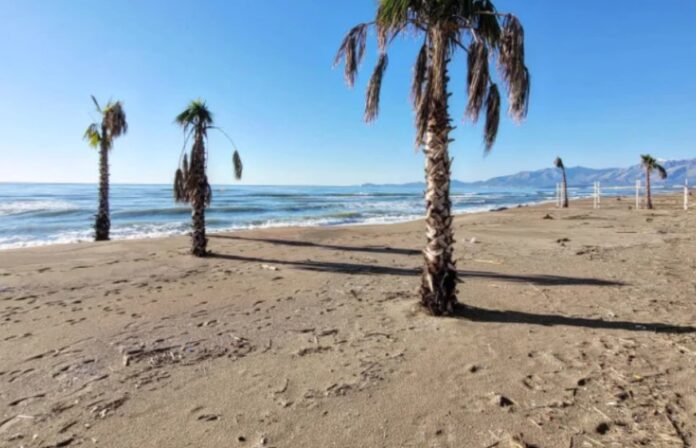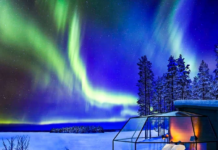7 areas among the least known and appreciated in Italy. But are they really that bad? Let’s see them together, picking up a “symbol” of this anonymity.
The 7 most UNDERVALUED AREAS in Italy
Italy, we know by heart, is an extraordinary country. Its richness, however, mainly lies in the uniqueness of ist many, various parts. There are about a thousand Italy, and localism should be the main vector to promote the country. Even the areas that we have highlighted in this article are certainly worthy of exploration and tourism promotion. If you want to have a different weekend than the usual, you can give them a chance. We are sure that, as almost always happens in this country, it will be a success. So let’s leave for this curious trip!
#1 The Lower Aosta Valley
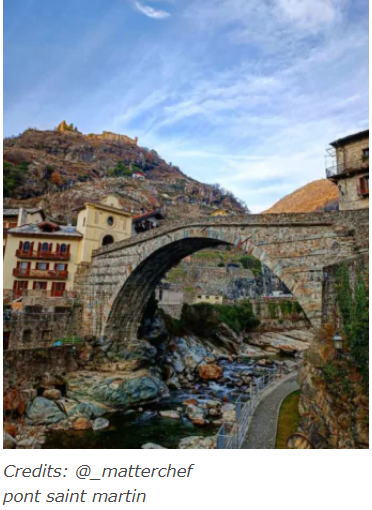
Bard Fortress is a first-rate excellence, also due to the temporary exhibitions that take place there. But, for the rest, the lower Valle d’Aosta essentially remains a gateway to the region. The general atmosphere is a bit washed out, a common character in all outposts. A symbol of this condition is Pont-Saint-Martin, the one for which our wonder is activated, realizing for the first time a toponym in French.
Here there is actually so much to see, starting with the old Roman bridge that gave it its name, to continue with the romantic ruins of a castle on the cliff. For Carnival, the eight districts organize a chariot race, an indication of great local fervor. And in the little shops passing through to reach the ski resort of Gressoney you will find in abundance one of the gastronomic prides of the area, lard d’Arnad. Have a sandwich and go on a journey through history, among centuries-old vineyards, chestnut groves, unspoiled and charming valleys, medieval remains, traditions and timeless flavors.
#2 Alessandria’s region

We are not talking here about Monferrato, with all its food and wine excellence recognized even by UNESCO. The area that lacks a real personality is the one of plains, around transit settlements that have little to add to the nothingness Po Valley can express in its worst folds. We choose to assign the palm of the symbol of this undeserved anonymity to the provincial capital city, Alessandria.
Having re-emerged from the golden years of football at least with a presence in second division could be a drive for a tourist economy that must be relaunched. The city actually has a lot to offer, in an elegantly sober general image of wide squares. Let’s start with the Military Citadel, which is even one of the most important in the world. And then there is a plethora of civil and religious architectures of past centuries. Here you can enjoy a dish of rabatòn, spinach rolls, ricotta and herbs, boiled in hot water and subsequently baked in the oven with cheese, butter and sage.
#3 The Eastern Ligurian Hinterland
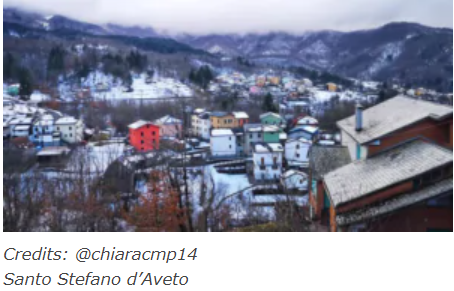
The classic imagery of this particular region cannot be separated from its colorful houses, preserved villages and crowded beaches. Then, how do you live with this stereotype that cannot completely satisfy the interior of the region? In particular, to the east (east), since to the west (west) there are top-notch attractions, such as Cervo and Dolceacqua. Here, between motorway toll booths of places that no one has ever heard of, also lies Santo Stefano d’Aveto.
A thousand inhabitants just in the middle of a secondary valley. Yet, the scenery is dominated by the profile of Monte Groppo Rosso, one of the most iconic emergencies of the entire Apennine chain. There is a Castle, as one would expect. There is also a splendid Tuscan neo-Gothic church that tells the story of a painting that was present on the ships of the battle of Lepanto. Let’s go skiing on a winter weekend (if the slopes open), we will understand why the municipality was awarded the Orange Flag by the Italian Touring Club. Liguria too, beyond commonplaces, can be particularly receptive.
#4 The Upper Valdarno
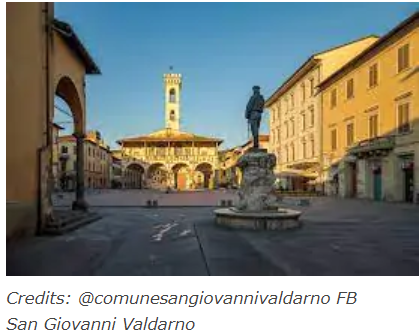
We chose to include in this collection also a part of the very popular tourist region of Tuscany. We are a few kilometers from the Casentino, with its famous castles and sanctuaries. Same with the Chianti region with all its poetry of landscapes and vineyards. Yet, even in this valley, saturdays take the burden of a whole week, in village bars where the architecture retains its origins. But you will not find Upper Valdarno in many tourist guides. Unless for its role as a fundamental crossroads of Italy, with its motorway exits.
We start from San Giovanni Valdarno to begin to appreciate this forgotten strip. We are immediately surprised by the sight of the Basilica of Santa Maria delle Grazie, which has this appeal of a truly original minor basilica. Its facade looks like a building, on the stage of a splendid Tuscan square. At the museum inside we will be able to admire an Annunciation by Beato Angelico from 1432, the second of a series of three large panels on the same subject by the master. The others are in Cortona and at the Prado in Madrid.
#5 The Mountains of Latium

Latium has never been able to establish itself as a tourist destination, overwhelmed by the dazzling beauty of its capital, the capital of Italy. But if the Etruscan necropolis of Cerveteri and Tarquinia always conquer their well-deserved flow of tourists, you can’t say the same for the mountain areas. Indeed, we are not properly in the Dolomites here. But, among all the municipalities of the Aniene Valley, we stop to visit Arcinazzo. ‘Mountain Ponza’ is the nickname of the village, as its original name was the same of the one of the Latium island.
Here we can find Traiano’s villa, the summer residence of the Emperor. There, we can dream with the imagination in the natural scenery of the Arcinazzo plateaus. The precious waters of the river Aniene have the reputation of being the best ones. We come here in autumn, perhaps, to see the famous chestnut festival. Or, why not simply to taste a typical salami of the Ciociara tradition? We will drink Cesanese DOC wine, which has been awarded at the sector fairs both in Brussels and in Paris.
#6 The Lower Tavoliere delle Puglie

Even in this area there are actually important tourist destinations such as the salt pans of Margherita di Savoia. Or just think to the villages perched on the border with the Daunia mountains: from Lucera to Troia, from Ascoli Satriano to Bovino. The flat territory of the Foggia province has settlements bordered by too many dry stone walls of the agri-food ecosystem. Here, the populous inhabited center of San Severo, has the reputation of being an important city of art.
It’s not a joke, there is even an Italian-style theater, the beautiful Giuseppe Verdi, built in 1937 in neoclassical style. The most evident trace is left by the Baroque era, with an impressive number of churches (no wonder that the local folklore is full of religious festivals). On top, there’s the medieval national monument of the Matrice di San Severino, dating back to the ‘eleventh century. And let’s not forget that in these Apulian villages it is always worth lingering in a typical shop, to buy quality oil and fresh pasta.
#7 The Domitian Coast
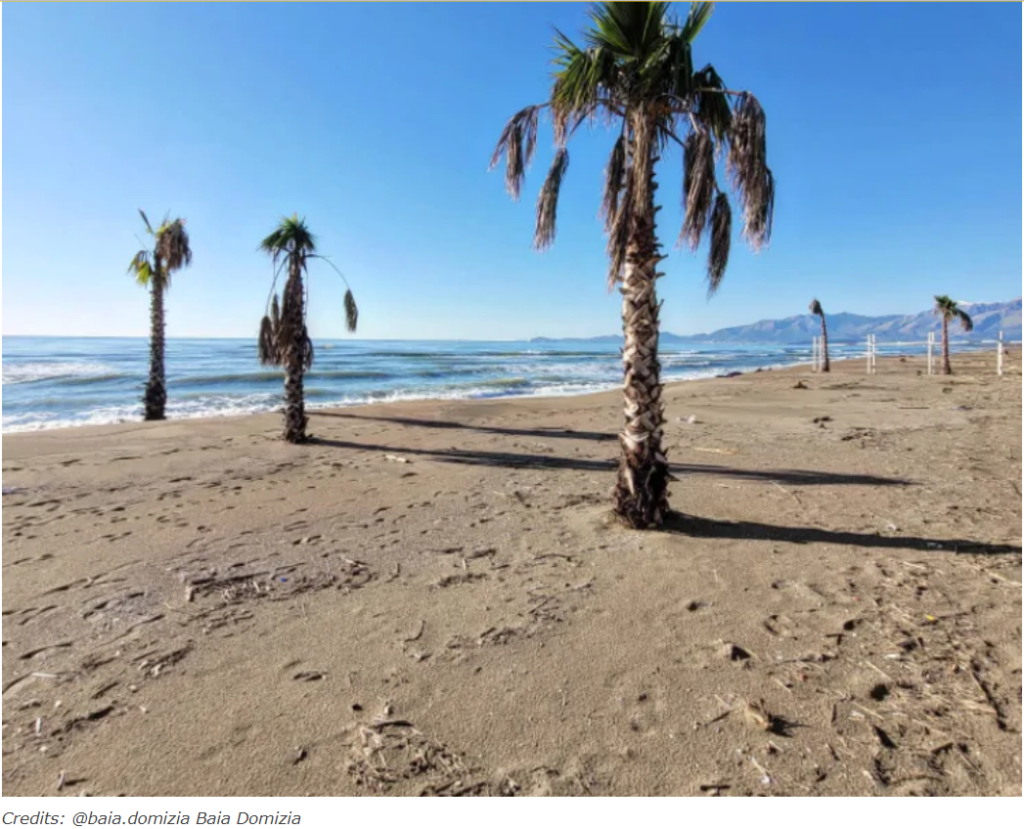
The greatest excellence of this land is an export product, the Mozzarella di Bufala Campana. Unfortunately, it cannot be enough as driving force to revive tourism in this part of the Tyrrhenian coast. Here, the italian filmmaker Garrone filmed Dogman in the fascinating, abandoned place of Villaggio Coppola, near Castel Volturno. So, we can give a chance to the similar settlement of Baia Domizia, a seaside tourist resort being part of Sessa Aurunca. It should have been an utopian place in the 1960s, when it was built, directly on the woods where the nymphs once lived.
Waters and fine sand are ideal for a holiday. It won’t be that different from any other seaside place. Seasons of history, as we know, are cyclical. With a lot of work and a lot of promotion, one day the jet set might even put this place back on the atlas of cool destinations.
LORENZO ZUCCHI


